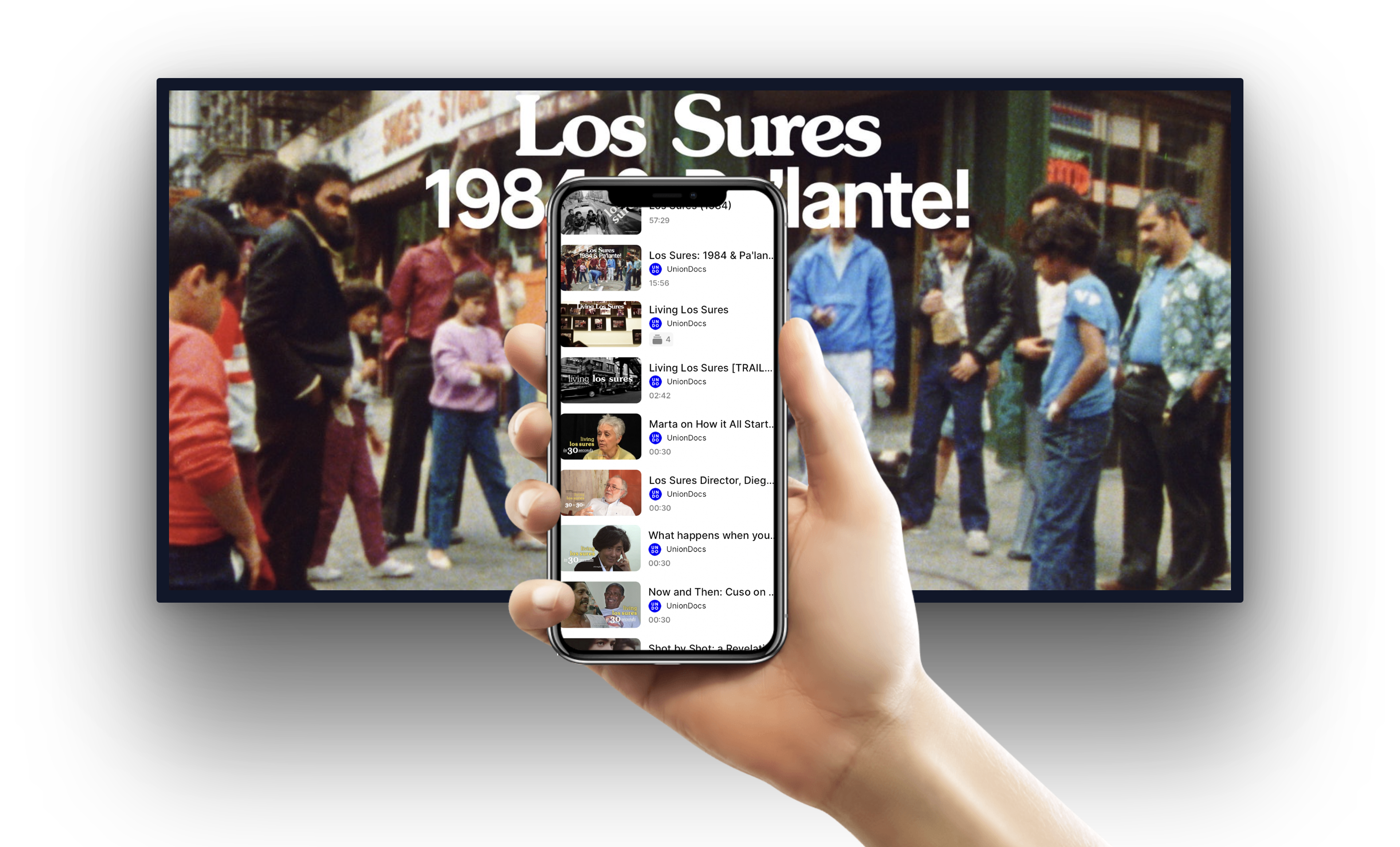In a time of upheaval for the printed word, we have organized a conversation on the changing landscape of long-form journalism. With panelists from four organizations invested in the future of the form, we’ll discuss new approaches to funding, creating, and distributing long form pieces. We’ll talk about new organizations producing investigative journalism, new technologies like the iPad for presenting long-form work, and social media’s impact on how it’s dispersed. We’ll talk about what’s already happened, what we can look forward to in the future, and how people in the field will be able to continue to make a living.
 Paul Kiel is a reporter at ProPublica, where he’s been covering the foreclosure crisis for the last two years. Before ProPublica, Paul wrote for TPMmuckraker, Talking Points Memo’s investigative reporting blog, from 2006 to 2008. TPM’s coverage of the firings of U.S. attorneys and politicization of the Department of Justice won a George Polk Award for legal reporting. Paul was also one of the founding members of UnionDocs.
Paul Kiel is a reporter at ProPublica, where he’s been covering the foreclosure crisis for the last two years. Before ProPublica, Paul wrote for TPMmuckraker, Talking Points Memo’s investigative reporting blog, from 2006 to 2008. TPM’s coverage of the firings of U.S. attorneys and politicization of the Department of Justice won a George Polk Award for legal reporting. Paul was also one of the founding members of UnionDocs.
ProPublica is an independent, non-profit newsroom that produces investigative journalism in the public interest. In addition to appearing on its website, many of ProPublica’s stories are offered exclusively to a traditional news organization, free of charge, for publication or broadcast. Partners have included Frontline, The New York Times, NPR and many others.
 Max Linsky is the co-creator of Longform.org and Zagazine, an iPad app featuring longform journalism from a host of top magazines in a dedicated reading environment. The former online managing editor for the second-largest chain of alternative weeklies in the country, Max began his journalism career in Cape Town. He now lives in Brooklyn.
Max Linsky is the co-creator of Longform.org and Zagazine, an iPad app featuring longform journalism from a host of top magazines in a dedicated reading environment. The former online managing editor for the second-largest chain of alternative weeklies in the country, Max began his journalism career in Cape Town. He now lives in Brooklyn.
 Aaron Lammer is the co-creator of Longform.org and Zagazine, an iPad app featuring longform journalism from a host of top magazines in a dedicated reading environment. He works as an editor, ghostwriter, and web designer, and is involved with the band Francis and the Lights. He lives in Brooklyn, NY.
Aaron Lammer is the co-creator of Longform.org and Zagazine, an iPad app featuring longform journalism from a host of top magazines in a dedicated reading environment. He works as an editor, ghostwriter, and web designer, and is involved with the band Francis and the Lights. He lives in Brooklyn, NY.
Longform.org features new and classic non-fiction articles, curated from across the web, that are too long and too interesting to be read on a web browser. Launched in April 2010, the site offers readers an easy way to add top-shelf writing to their phones and tablets using services like Instapaper and Read It Later. Longform.org has been featured by Slate, New York Magazine, and The Guardian, among others.
 Thessaly La Force is the web editor of The Paris Review. Before that, she worked for The New Yorker online, blogging primarily for The Book Bench. At The Paris Review, she launched The Daily, the Review‘s first blog, and lead the redesign of the quarterly’s Web site. In September of 2010, The Paris Review made all of their Writers at Work interviews available online. As Dwight Garner, book critic at The New York Times wrote: “If there’s a better place to lose yourself online right now, I don’t know what it is.”
Thessaly La Force is the web editor of The Paris Review. Before that, she worked for The New Yorker online, blogging primarily for The Book Bench. At The Paris Review, she launched The Daily, the Review‘s first blog, and lead the redesign of the quarterly’s Web site. In September of 2010, The Paris Review made all of their Writers at Work interviews available online. As Dwight Garner, book critic at The New York Times wrote: “If there’s a better place to lose yourself online right now, I don’t know what it is.”
The Paris Review was founded in Paris in 1953 by Harold L. Humes, Peter Matthiessen, and George Plimpton. “Dear reader,” William Styron wrote in a letter in the inaugural issue, “The Paris Review hopes to emphasize creative work—fiction and poetry—not to the exclusion of criticism, but with the aim in mind of merely removing criticism from the dominating place it holds in most literary magazines and putting it pretty much where it belongs, i.e., somewhere near the back of the book. I think The Paris Review should welcome these people into its pages: the good writers and good poets, the non-drumbeaters and non-axe-grinders. So long as they’re good.” Decade after decade, the Review has introduced the important writers of the day. Adrienne Rich was first published in its pages, as were Philip Roth, V. S. Naipaul, T. Coraghessan Boyle, Mona Simpson, Edward P. Jones, and Rick Moody.The magazine was edited by George Plimpton until his death in 2003. Lorin Stein is the current editor.
 Evan Ratliff, the editor and CEO of The Atavist is an award-winning journalist and contributing editor at Wired magazine. In addition to Wired, his writing appears in The New Yorker, Outside, Men’s Journal, National Geographic, and many other publications. He is the co-author of “Safe: The Race to Protect Ourselves in a Newly Dangerous World” (HarperCollins, 2005). His 2009 Wired story “Vanish,” about his attempt to disappear and the public’s effort to find him, was a finalist for the National Magazine Award for Feature Writing. He is a two-time finalist for the Livingston Award, and his writing has appeared in numerous anthologies, including “The Best of Technology Writing” 2006 and 2010, “The Best American Magazine Writing 2010,” and “The Best American Nonrequired Writing 2010.” Evan also serves as the story editor for Pop-Up Magazine, the world’s first live magazine, which showcases the work of some of the country’s most interesting writers, documentary filmmakers, photographers, and radio producers.
Evan Ratliff, the editor and CEO of The Atavist is an award-winning journalist and contributing editor at Wired magazine. In addition to Wired, his writing appears in The New Yorker, Outside, Men’s Journal, National Geographic, and many other publications. He is the co-author of “Safe: The Race to Protect Ourselves in a Newly Dangerous World” (HarperCollins, 2005). His 2009 Wired story “Vanish,” about his attempt to disappear and the public’s effort to find him, was a finalist for the National Magazine Award for Feature Writing. He is a two-time finalist for the Livingston Award, and his writing has appeared in numerous anthologies, including “The Best of Technology Writing” 2006 and 2010, “The Best American Magazine Writing 2010,” and “The Best American Nonrequired Writing 2010.” Evan also serves as the story editor for Pop-Up Magazine, the world’s first live magazine, which showcases the work of some of the country’s most interesting writers, documentary filmmakers, photographers, and radio producers.
The Atavist is a boutique publishing house producing original nonfiction stories for digital, mobile reading devices. We like to think of Atavist pieces as a new genre of nonfiction, a digital form that lies in the space between long narrative magazine articles and traditional books and e-books. Publishing them digitally and offering them individually—a bit like music singles in iTunes—allows us to present stories longer and in more depth than typical magazines, less expensive and more dynamic than traditional books. Each story is available on the iPhone, iPad, and iPod (through The Atavist app); on the Kindle and Kindle apps (through Kindle Singles); and on the Nook—with several other platforms launching soon. All of our stories are researched, reported and crafted by experienced long-form reporters and writers who’ve spent months chasing them down. The topics may vary, but every Atavist story is a narrative—around a crime, a scientific mystery, an adventure, or any other human drama—with characters and events. Each piece is laced with photography, sound, and video, where appropriate. Each piece will be edited and fact-checked. But Atavist stories aren’t static: Some may evolve in response to our readers, or simply expand and change as new facts come to light. Fast Company calls The Atavist “a just-right blend of digital and print magazine,” while Gizmodo says that it “combines text and multimedia in a distinctly new way.” A New York Times reviewer raved that The Atavist “integrates clever tools into the text…without the digressions that normally turn me off ebooks.”
Presented with:








